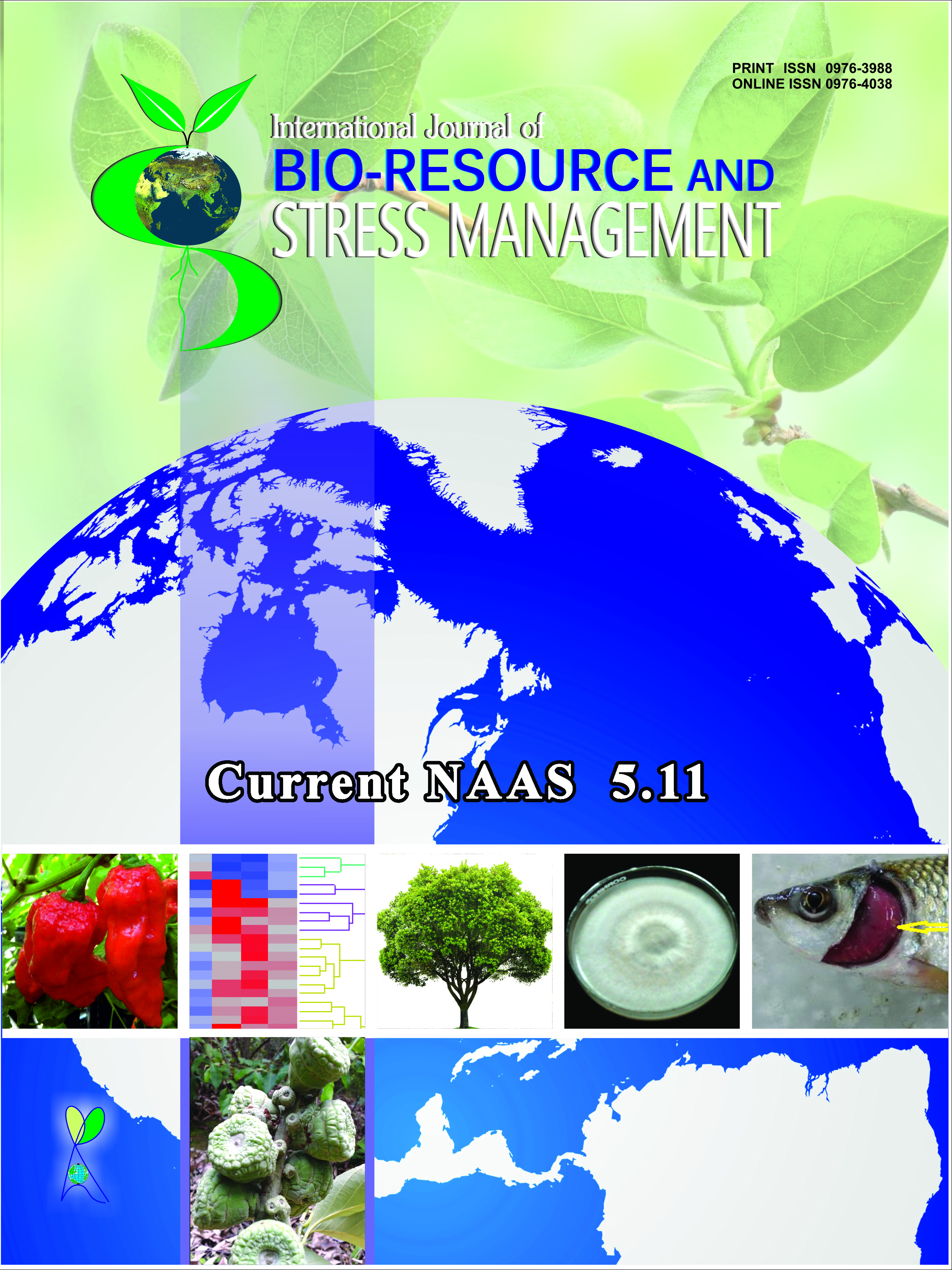Adaptation of Native Shrubs to Drought Stress in North-eastern Mexico
Keywords:
Drought, soil water content, Tamaulipan thornscrub, water potentialAbstract
Native shrubs that grow in the semi-arid regions of north-eastern Mexico are important feed resources for range ruminants and white-tailed deer. They also provide high quality fuel-wood and timber for fencing and construction. Since water stress is the most limiting factor in this region, the present research focused on studying how seasonal xylem water potentials (Y) of native shrubs such as Forestiera angustifolia (Oleaceae), Celtis pallida (Ulmaceae), Acacia amentacea (Leguminosae) and Parkinsonia texana (Leguminosae) are related to soil water availability. During the wettest period, Y at pre-dawn ranged from -0.62 MPa (A. amentacea and F. angustifolia) to -1.10 MPa (P. texana). In contrast, during the driest period, pre-dawn Y varied from -1.78 MPa (P. texana) to -3.94 MPa (C. pallida). With respect to mid-day Y data, on the wettest sampling date, Y values ranged from -0.62 MPa (A. amentacea) to -1.57 MPa (C. pallida, F. angustifolia and P. texana). In contrast, on the driest sampling date, C. pallida, A. amentacea and P. texana tended to achieve higher (-2.21 MPa) Y than F. angustifolia which acquired Y value around -3.50 MPa. Since the shrub species A. amentacea and P. texana achieved higher pre-dawn and mid-day Y values under water stress condition, these species could be considered as drought adapted species while, F. angustifolia which acquired lower water potentials, may not be suitable to drought and thus, may be in a physiological disadvantage under limited water conditions. The study recommends that the first two species may serve as a pertinent model to study the strategies of adaptation to drought at high tissue water potential while the later may serve as an adequate model to study plant adaptation to drought at low tissue water potential.
Downloads
Downloads
Published
How to Cite
Issue
Section
License
Authors retain copyright. Articles published are made available as open access articles, distributed under the terms of the Creative Commons Attribution-NonCommercial-ShareAlike 4.0 International License, which permits unrestricted non-commercial use, distribution, and reproduction in any medium, provided the original author and source are credited. 
This journal permits and encourages authors to share their submitted versions (preprints), accepted versions (postprints) and/or published versions (publisher versions) freely under the CC BY-NC-SA 4.0 license while providing bibliographic details that credit, if applicable.





